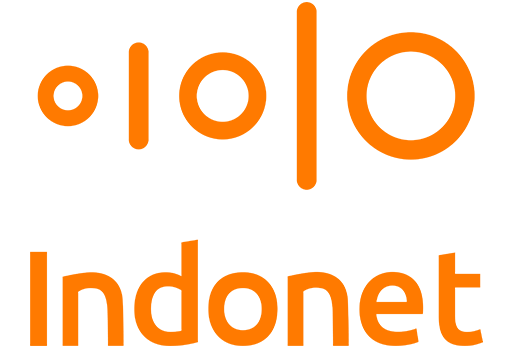The Industry 4.0 revolution is transforming how industries operate by leveraging digital technology for automation and integration. This shift demands robust and agile network infrastructure to handle large-scale real-time data exchange. One increasingly popular solution for meeting these needs is Dark Fiber.
This technology enables secure and fast communication via optical cables, allowing companies to have full control over their data and ensure smooth operations in the digital age. Want to learn more about Dark Fiber? Read on!
Understanding Dark Fiber
Dark Fiber is an optical fiber cable that has not been activated by service providers. In other words, it is leased to users to be utilized according to their needs. Unlike regular optical fiber cables pre-programmed by service providers, Dark Fiber gives users complete freedom and security. Users can choose the technology, protocols, and management methods that suit their needs.
In short, Dark Fiber offers greater flexibility and control for users who need network infrastructure tailored to their specific requirements. It is commonly used by large companies, government agencies, and educational institutions that require high-speed and reliable networks to support their activities.
Functions of Dark Fiber
Dark Fiber not only provides dedicated and secure optical network infrastructure for data transmission but also serves several other functions, including:
- Fast, Reliable, and Secure Connectivity: This optical fiber cable offers private and dedicated point-to-point communication paths, avoiding traffic and interference from other users. This ensures higher data transmission speeds and lower latency, ideal for high-bandwidth and real-time applications such as video streaming, online gaming, and cloud computing. Its security is also ensured as it is not connected to public networks, minimizing the risk of eavesdropping and cyber attacks.
- Full Flexibility and Control: Users have full control over the network configuration, allowing them to customize it to their specific needs. Various data transmission protocols and technologies, such as Ethernet and IP, can be used. Network scalability is easily achieved by adding optical fiber as needed.
- Long-term Cost Savings: While the initial cost of leasing optical fiber may be higher, operational costs are lower in the long run as users do not need to pay for bandwidth or frequent network equipment upgrades. Optical fiber technology is also long-lasting, providing a durable investment.
- Backup and Network Expansion Solutions: Dark Fiber can serve as a backup path for primary networks, ensuring business continuity in case of public network disruptions. It can also be easily expanded to meet future needs without building new infrastructure from scratch.
Examples of Dark Fiber Usage
Dark Fiber has been applied in various scenarios, such as:
- Connecting Branch Offices: Large companies often have multiple branch offices spread across various locations. Dark Fiber can connect these branches to the central network, enabling fast and secure data communication.
- Providing Internet Services: Internet Service Providers (ISPs) can use Dark Fiber to build their own networks, offering faster, more reliable, and secure internet services to their customers.
- Supporting Cloud Computing Applications: Companies using cloud computing services require fast and reliable internet connections. Dark Fiber provides the necessary high-speed connections for smooth access to cloud applications.
- Defense and Security Purposes: Government and military institutions use Dark Fiber to build secure and reliable communication networks, crucial for national security and protecting sensitive information.
Considerations for Using Dark Fiber
Despite its numerous advantages, there are a few considerations when using Dark Fiber, including:
- Infrastructure: Building an optical fiber network requires a solid infrastructure, including fiber optic cables, conduits, and hardware. Costs can vary depending on network coverage, geographical conditions, and material quality.
- Technicians: Designing optical fiber cables requires specific knowledge and expertise in fiber optic technology, cabling, and construction. Operating an optical fiber network also requires trained staff to monitor performance, resolve technical issues, and optimize its performance.
- Maintenance: Disruptions or damage to the optical fiber network must be promptly repaired to minimize downtime and impact on users. Routine maintenance includes regular inspections of cables, connections, and equipment to ensure no damage or disruptions. As technology advances, the Dark Fiber network may need periodic upgrades to maintain compatibility and optimal performance.
Enhance Business Connectivity with Indonet’s Dark Fiber Services
As a leading telecommunications service provider in Indonesia, Indonet offers the best Dark Fiber solutions to meet your business network needs. This service allows you to lease optical fiber cables and configure them as needed with full control over bandwidth and network settings.
Supporting large data transfers smoothly, Indonet is ideal for businesses with high data capacity applications. The private optical fiber network minimizes the risk of data breaches, keeping your business information secure.
Indonet offers long-term cost efficiency, helping you save on network infrastructure expenses. Contact Indonet now for a FREE consultation and get the best Dark Fiber solutions for your business!

